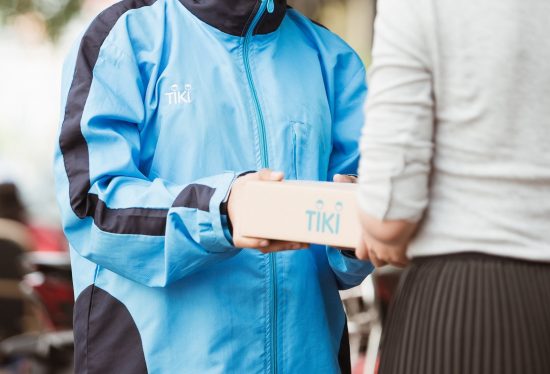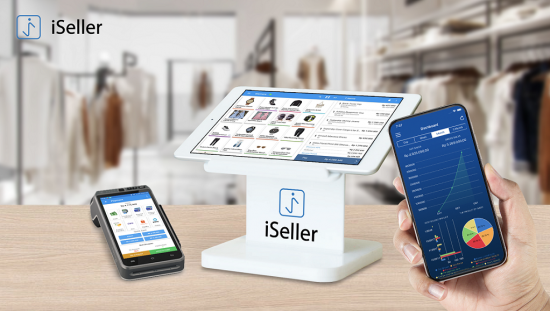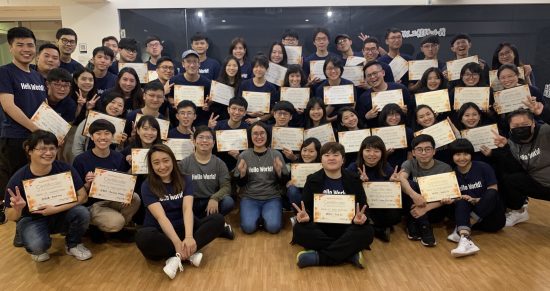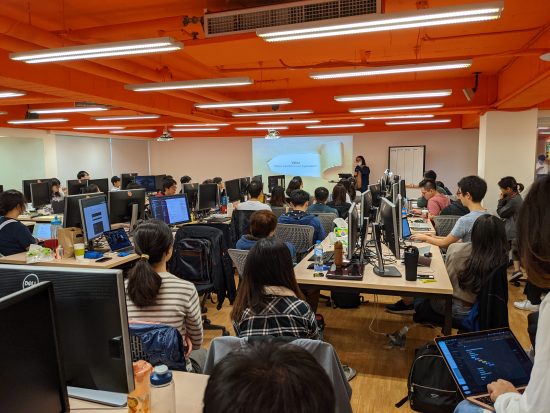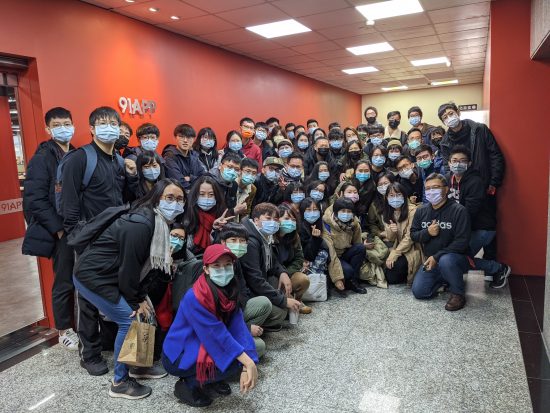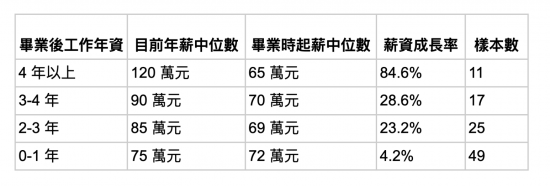
David Wu, Associate (吳戴文 / 投資經理)
David is an Associate mainly focused on investments. He previously lived in the US, but was drawn to the Greater Southeast Asia region by the growth opportunities and the wonderful people here. He spent the first five years of his career as a consultant at IBM, where he became intimately familiar with the enterprise software and services needs of Fortune 500 companies. Later, he focused on building predictive models and solving optimization problems for large companies, and gained an appreciation for the role of data and algorithms in our lives. He joined AppWorks in 2020 after receiving his MBA from Columbia Business School, and also has a B.S. in Mathematics from the Ohio State University. In his free time, he tries to stay active and is always looking for opportunities to hike or trek, often seeking the trail less traveled.
In “The Market for Lemons,” George Akerlof described frustrated sellers of high-quality used cars not fetching a fair price because the prospective buyers were unable to distinguish between high-quality used cars and low-quality ones (known as “lemons”), that on the surface looked identical. Sellers could only find takers at a discounted price taking into account the possibility they were buying a lemon. Those who have experienced swift price depreciation upon driving a new car off the lot know this well intuitively. Eventually, sellers of high-quality used cars leave the market, as they cannot be fairly compensated due to the market’s inability to appraise their vehicles fairly.
A new study suggests that the same applies broadly to entrepreneurs. It is impossible for companies to 100% accurately appraise the capability of job applicants and current employees. Hiring managers tend to assess talent based on traditional credentials, such as educational background and work experience at prestigious schools and companies. And managers tend to assess current employees through a combination of perceived signals, personal bias, and company politics. Those who may be highly capable but lack traditional credentials or particular signals sought by senior management (akin to the frustrated sellers of high-quality used cars) withdraw from the labor market and ultimately choose entrepreneurship instead, a path to earnings not constrained by uninformed buyers of labor on the market.
Going from unhireable to startup founder may sound fanciful, but there are some high profile examples. Brian Acton’s capabilities were not accurately assessed by Facebook and Twitter, where he failed to pass the interviews in the summer of 2009. By November, he joined San Jose State University dropout Jan Koum in starting WhatsApp, which the duo later sold to Facebook for US$19 billion.
Many immigrant entrepreneurs face the same choice when they arrive in a new country that does not recognize their foreign degrees or accomplishments. They can either work low-level jobs not requiring any credentials, or they can start small businesses and capture more of the value of their talents.
More precisely, the study finds that entrepreneurs tend to be those whose talents are better than the credentials and abilities readily observed by outsiders. When we choose to go work for someone, the company retains our productivity minus our wage, which is based on the company’s assessment of our “market value”, or the cost of replacing us with another worker who shares similar backgrounds and experiences. Those who feel that the gap between their productivity and their market wage is too wide can take the entrepreneurial plunge and, if everything works out, capture the entire value of their productivity.
A separate but related finding was that “entrepreneurs have higher cognitive ability than employees with comparable education.” If those with comparable educations exhibit comparable signals and end up at similar jobs and companies, it suggests that many entrepreneurs decide they’re out of place, “cognitively” speaking, even when surrounded by similarly credentialed peers at their job. Their boss might see them as just another employee, but the would-be entrepreneur believes this is wrong, and that they should be several titles up, running entire departments or even the whole company. They can’t fathom how the ship is being run, and since the company can’t evaluate their true value and compensate accordingly with much higher responsibilities and pay, they decide to run their own ship.
On the flip side, those underperforming yet well-credentialed workers that exhibit positive observable signals can’t believe they’re getting paid so much to add so little value. They would thrive in a large corporation that is blind or apathetic to the fact that the worker is capturing the gap between their high wage and their scant contributions. These lucky workers would find no incentive to pursue entrepreneurship, where the market would discover their true value.
Intuitively, I think this makes sense and matches what I have observed at AppWorks. A lot of great founders have elite degrees and prestigious work experience, but they look around at their workplace and think: “This is a great gig but I’m capable of so much more in this life.” Other great founders went to average schools or were late bloomers stuck at middling companies and didn’t have any luck applying to elite companies and jobs, perhaps due to their lack of pedigree. They couldn’t bear delaying greatness any longer and took matters into their own hands.
I asked a couple of our portfolio companies’ founders for their take, including Wayne Huang, co-founder and CEO of Taiwan-based XREX (AW#17), a neo-fintech that solves dollar shortage issues for cross-border merchants in emerging economies that recently announced a US$17 million financing.
“I can quite relate to this,” the second-time founder said. “It was just obvious to me that I wouldn’t be happy with the employment opportunities that I had when I graduated. I was just not going to be happy. That part I understood very well.”
Indah Maryani, co-founder of InfraDigital, a company digitizing Indonesian schools’ data and billing, had frustrations as an employee at a previous startup. “You’re not an owner or an investor. You don’t own the vision; others are driving it. We said it should be done another way, but it was hard to convince the others. So my co-founder and I said, let’s create another company and build it ourselves,” she says. So they did.
Of course, this is an academic study. It would be presumptuous to suggest that an entrepreneur’s or employee’s motivations are purely financial (though the study did control for several correlates of entrepreneurial choice, such as worker wealth, risk-taking, locus of control, and other demographic features). I would also argue that the capability to add economic value is not the same as the capability to add entrepreneurial value.
But it does shed light on some of the common thoughts and fundamental drivers of entrepreneurs. “I’m more capable than this.” “I feel out of place among my coworkers.” “Is this all the impact I’m going to make in this life?” “My work is useless or misguided, and I can’t believe my boss can’t see it.” “Why am I working so hard for these wages?” “I’m not getting the respect I deserve—let me prove that I’m way more capable than this.”
After simmering in these types of thoughts, entrepreneurs of all colors make the jump, despite how scary, lonely, and risky the journey is. They move toward the entrepreneurial abyss, despite skepticism by their peers, doubts by observers, and mockery by salaried workers, all things that exist in today’s society which values so much name brands, stability, and validation by others. Despite risking being viewed as overconfident, egotistical, or doing it because they can’t find a good job, they set out on the journey anyway. They have a special drive that enables them to do this, and perhaps part of that drive for some entrepreneurs is the information asymmetry between actual talent and perceived talent.
I suppose you could say we’re lucky that this information asymmetry exists. Without it, some founders would instead find high-level jobs, having his or her hands on the wheel while adding great value at great companies, getting richly compensated, and perhaps even being able to spin their divisions off while having significant equity ownership. Instead, they embark on the difficult road of entrepreneurship, and in the process create massive value that only a startup founder could possibly create — more value than they ever could have imagined. Making lemonade out of lemons.
【If you are a founder working on a startup in SEA, or working with AI, Blockchain, and NFT, apply to AppWorks Accelerator to join the largest founder community in Greater Southeast Asia.】
